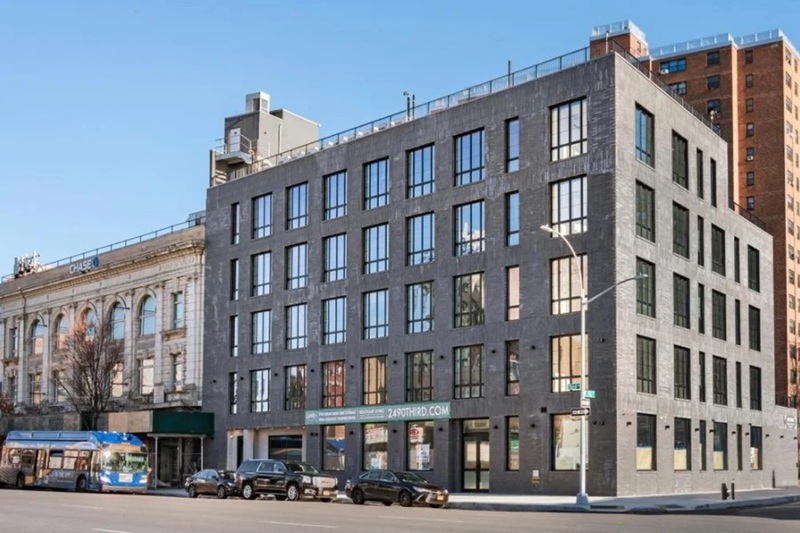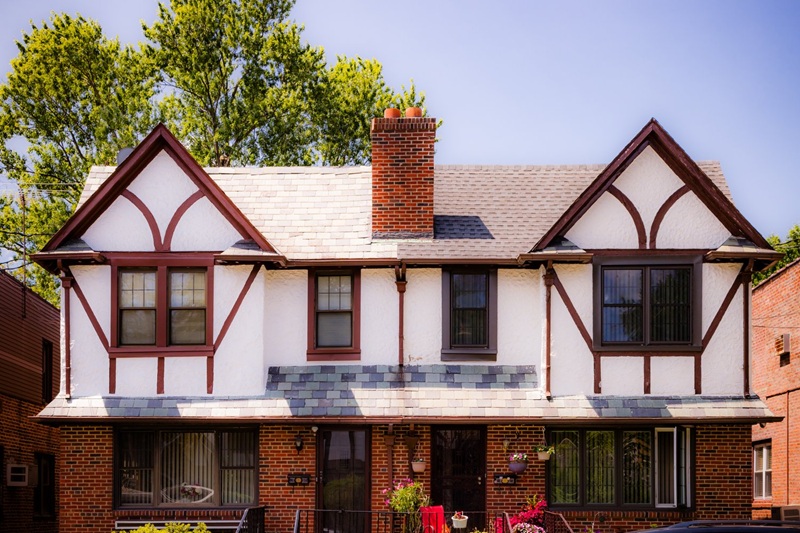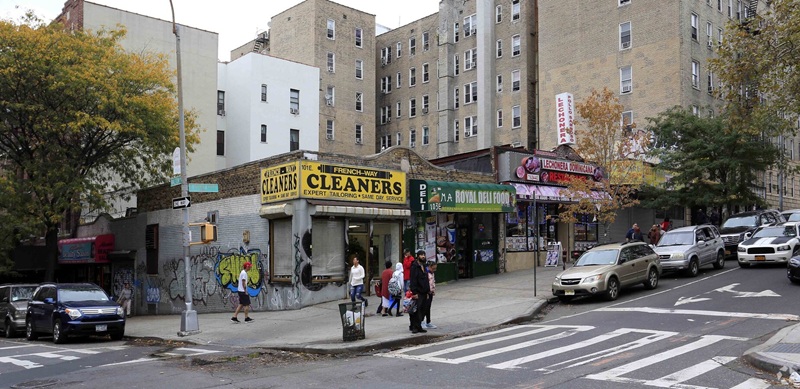
Port Morris is a historic neighborhood located in the South Bronx, New York City. Known for its industrial past, waterfront views, and proximity to major transportation hubs, Port Morris has experienced significant changes in recent decades. As an area in transition, it is blending its rich history with the development of new residential, commercial, and cultural spaces.
Location and Boundaries
Port Morris is located in the southeastern section of the Bronx, bordered by the Harlem River to the north, the Mott Haven neighborhood to the west, and the Bronx Kill, a small tidal strait, to the south. It is part of the larger South Bronx area, which has historically been an industrial and working-class zone. The neighborhood is easily accessible by the 6 subway line, which runs along its western edge, and several major roads, including the Bruckner Expressway and the Major Deagan Expressway, provide convenient access to other parts of the Bronx and Manhattan.
History and Development
Port Morris traces its origins back to the early 19th century, when it was a hub for maritime trade and shipping. The neighborhood’s name derives from the port facilities along the Harlem River, which were used to transport goods to and from the area. In the 19th and early 20th centuries, Port Morris thrived as a working-class and industrial district, home to factories, warehouses, and shipping companies.
One of the most significant features of Port Morris’ industrial legacy is the presence of the old freight rail yards, which were a major part of the neighborhood’s economy for many years. These rail lines connected the South Bronx to the rest of the city and played a crucial role in the movement of goods, especially during the early-to-mid 20th century.
However, by the mid-20th century, Port Morris, like many parts of the South Bronx, began to experience economic decline. Factories closed, and the shipping industry left, leading to a decrease in jobs and a rise in disinvestment. The area became known for its vacant lots, deteriorating infrastructure, and declining residential population.
The Transition of Port Morris
In recent years, Port Morris has begun to gentrify, driven by the rising demand for housing and commercial space in the South Bronx. This transformation has brought new life to the neighborhood, but it has also raised concerns about displacement and the preservation of the area’s historical character.
The construction of luxury residential buildings, mixed-use developments, and trendy businesses has helped to attract a more affluent demographic to the area. The waterfront, which was once dominated by industry, is being redeveloped to accommodate residential and recreational spaces, offering stunning views of the Harlem River and nearby Randall’s Island.
As part of this transformation, a growing arts and cultural scene has emerged in Port Morris. New galleries, creative studios, and performance spaces are beginning to take root, fostering a sense of vibrancy and community. The neighborhood’s proximity to the Brooklyn Bronx Expressway and Harlem River Drive also contributes to its appeal, as it offers easy access to the rest of New York City.
Key Features of Port Morris
- The Waterfront – The Harlem River, which borders the northern edge of Port Morris, offers both industrial history and potential for future development. In recent years, there have been efforts to reimagine the waterfront as a community space, with parks and green areas being incorporated into the redevelopment plans.
- Historic Architecture – While much of the area was dominated by warehouses and industrial buildings, remnants of its industrial past remain. There are several historic buildings, including warehouses and factories, which are now being repurposed for residential and commercial use. Some of these buildings are designated as landmarks, preserving the historical character of the neighborhood amidst the ongoing changes.
- Transportation – Port Morris benefits from excellent access to public transportation. The 6 subway line, with its stations in nearby neighborhoods like Mott Haven and Hunts Point, connects residents to the rest of the Bronx and Manhattan. The Major Deagan Expressway and the Bronx River Parkway make it easy for drivers to navigate the area, and the proximity to the Harlem River provides opportunities for water-based transit in the future.
- Local Business and Culture – While the area has been traditionally known for industrial businesses, Port Morris is seeing the rise of new small businesses, particularly in the arts and food sectors. The opening of new restaurants, cafes, and galleries is transforming the neighborhood into a more diverse and dynamic environment.
Demographics and Community
Port Morris has traditionally been a working-class neighborhood, with a predominantly Latino and African American population. As the neighborhood undergoes gentrification, the demographic makeup is shifting, with an influx of young professionals and artists moving into the area.
This influx of new residents is contributing to a vibrant, albeit changing, community dynamic. Longtime residents of Port Morris have expressed both excitement and concern over the neighborhood’s transformation. While new developments bring economic growth and improvements in infrastructure, they also pose challenges related to affordability and displacement.
Challenges and Opportunities
Port Morris, like many neighborhoods in the South Bronx, faces challenges related to gentrification. The rising cost of living, the displacement of lower-income families, and concerns over the loss of cultural heritage are issues that community activists and local organizations are working to address. At the same time, the influx of new investment presents opportunities for revitalization, increased public services, and improvements in housing quality.
The future of Port Morris will depend on balancing economic growth with social equity, ensuring that the neighborhood’s new developments benefit both longtime residents and newcomers. As development continues, maintaining a sense of community and preserving Port Morris’ historical roots will be key to its long-term success.
Conclusion
Port Morris is a neighborhood at a crossroads. With its rich industrial history and evolving residential and cultural scene, it embodies the complexities of urban change. The neighborhood’s transformation from an industrial hub to a revitalized community with a mix of old and new is a story playing out in many urban centers across the United States. As Port Morris continues to evolve, it will likely continue to attract those seeking a blend of history, culture, and proximity to the energy of New York City while addressing the challenges of development and displacement.

